Wilderness to be protected in Tennessee; bipartisan leadership secures big win
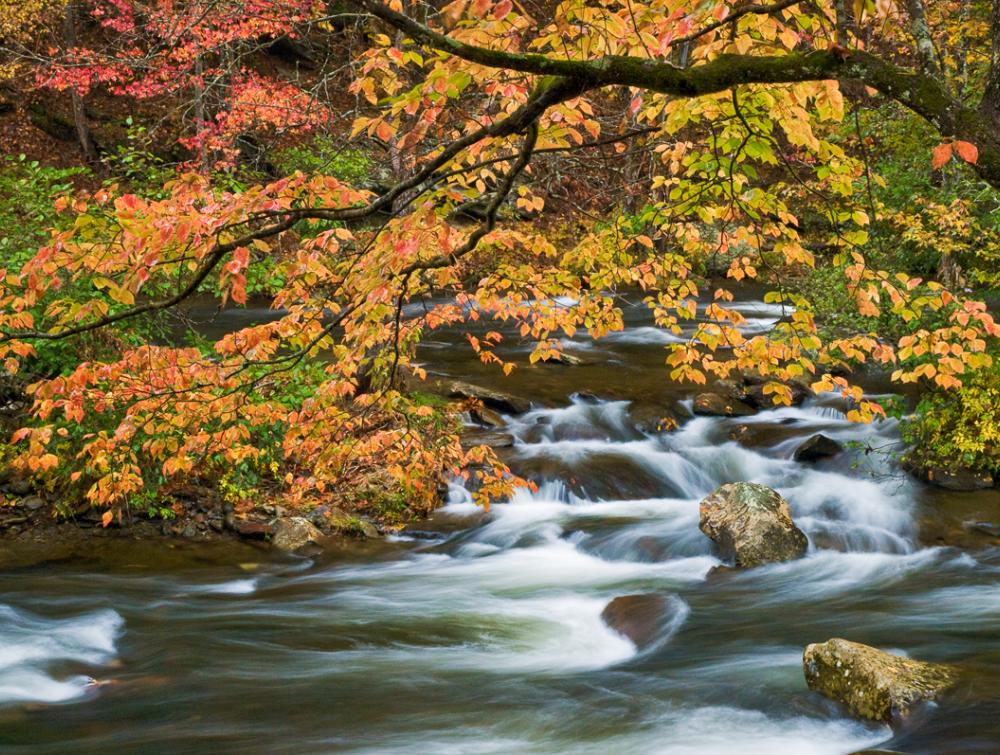
Cherokee National Forest, Tennessee
Lori Kincaid
Long-awaited legislation would protect nearly 20,000 acres in Cherokee National Forest
Update: This bill was signed into law on December 20, 2018.
New congressional action created a new wilderness area and expanded five existing wilderness areas in the Cherokee National Forest, helping to safeguard vital wildlife habitat and clean drinking water for nearby communities. The new are woven into a package of legislation known as the "farm bill."
Increasing protection in Cherokee National Forest has been a major goal since the U.S. Forest Service recommended these lands for wilderness status in 2004. Wilderness areas enjoy the highest level of protection from development and damaging activity that is possible under American law, remaining as close as possible to their natural state.
Hikers, hunters, business owners and other Tennesseans who enjoy outdoor traditions have been advocating for this wilderness designation for many years.
“We are grateful for the work of Senators Lamar Alexander and Bob Corker and Congressman Phil Roe who championed the legislation and Senator Debbie Stabenow who pushed for inclusion in the farm bill," said Wilderness Society President Jamie Williams in a statement. "Hikers, hunters, business owners and other Tennesseans who enjoy outdoor traditions have been advocating for this wilderness designation for many years. This bill reflects the broad, bipartisan appeal of protecting our shared public lands for the benefit of future generations.”
Every few years, the farm bill comes up for renewal, including funds for farming subsidies, food stamp programs, rural development and a host of other loosely agriculture-related purposes. In the past, some farm bills have been hijacked by anti-conservation interests, but the current edition is notable for its absence of measures that hurt national forests; a bipartisan group of lawmakers helped reject provisions that encourage reckless logging practices.
And what’s most exciting of all, we will soon have newly protected wilderness to celebrate—the first time Congress has passed legislation to create or expand a wilderness area since 2015
Here’s a quick look at what the new measure protects:
New wilderness area:
Upper Bald River Wilderness
The new Upper Bald River Wilderness will protect about 9,000 acres in Monroe County, including the headwaters of the Upper Bald River that eventually feed into the Tennessee River, providing hundreds of thousands of Tennesseans with clean drinking water. The area also contains habitat for species as varied as black bear, brook trout and wild turkey.
Expanded wilderness areas:
Sampson Mountain Wilderness
Five rock streams run through this protected area bristling with old growth pine and hardwood forest. 4,060-foot Sampson Mountain is the centerpiece of the region. Expanded wilderness protection would add 2,922 acres west of the Bald Mountain range and help form a broader conservation and outdoor recreation area along the Appalachian National Scenic Trail. The addition would also protect several important creeks and streams.
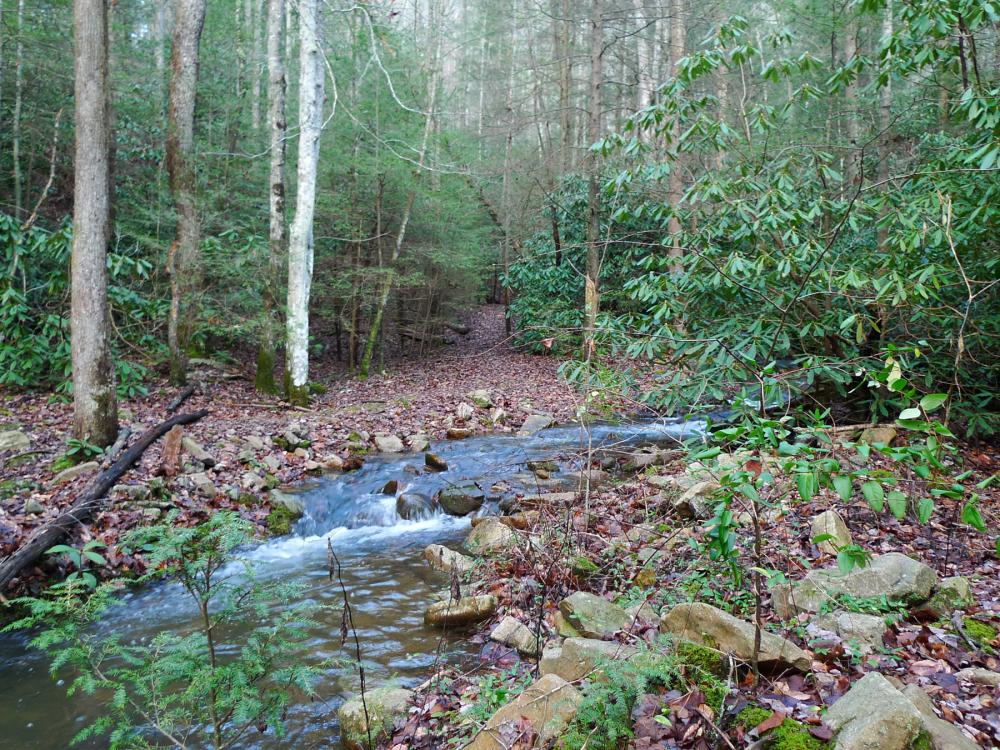
Squib Creek in the Sampson Mountain Wilderness, Tennessee
DMott9, Flickr
Big Laurel Branch Wilderness
This wooded wilderness harbors wildlife including black bear, bobcat and coyote. The Tennessee Wilderness Act would add 4,446 acres to the northeast of the existing wilderness, preserving several miles of the Appalachian National Scenic Trail and protecting important fisheries in the nearby Watauga Lake and Watauga River.
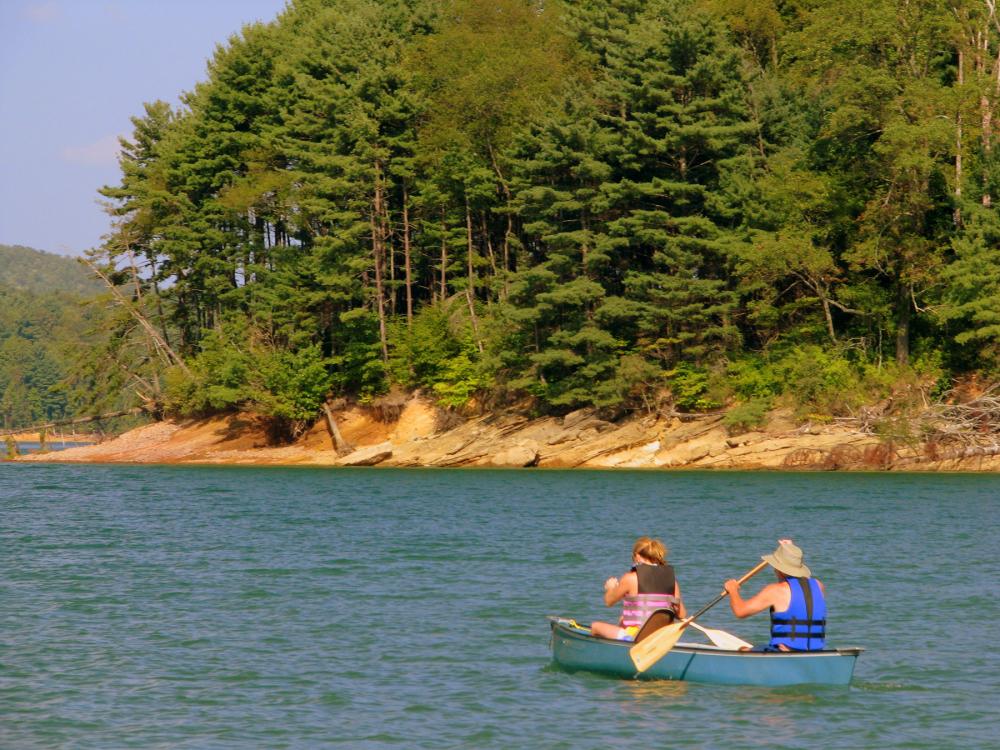
Watauga Lake, which contains important fisheries that would be protected under expansion of Big Laurel Branch Wilderness
Brent Moore, Flickr
Joyce Kilmer-Slickrock Wilderness
Named for a famous poet and World War I hero, this wilderness contains land in both Tennessee and North Carolina. It is best known for old-growth forest and many miles of beautiful hiking trails. The addition would help wildlife bridge the gap between the Cherokee National Forest and Great Smoky Mountains National Park, protecting exceptional black bear habitat in the process.
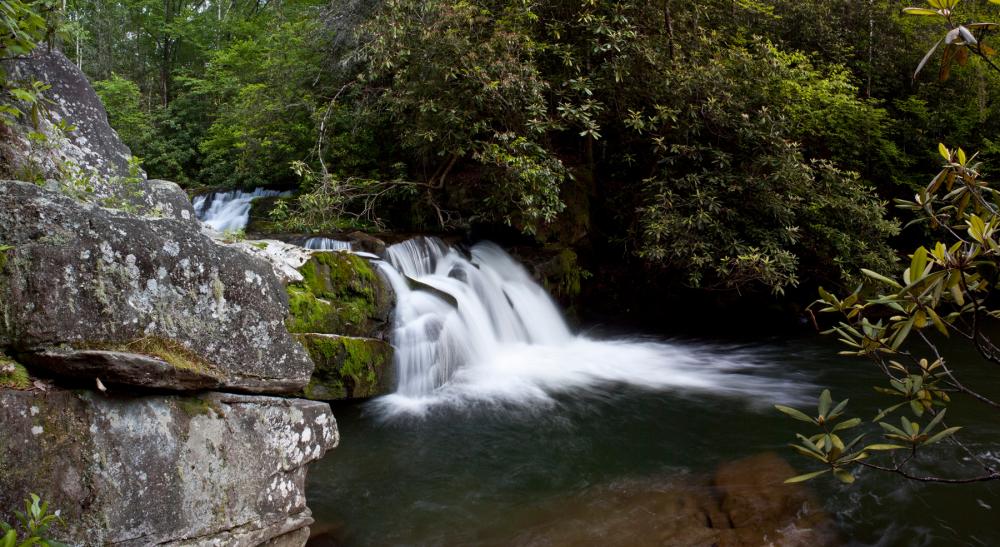
Joyce Kilmer-Slickrock Wilderness, Tennessee
Jeff Moore, Flickr
Big Frog Wilderness
Combined with the adjacent Cohutta Wilderness, this complex forms the largest tract of wilderness on National Forest Service landin the eastern United States. A variety of hiking trails make the area very popular among locals and visitors alike. Under the bill, expanded wilderness boundaries would protect critical habitat for a variety of species including deer and wild turkey.
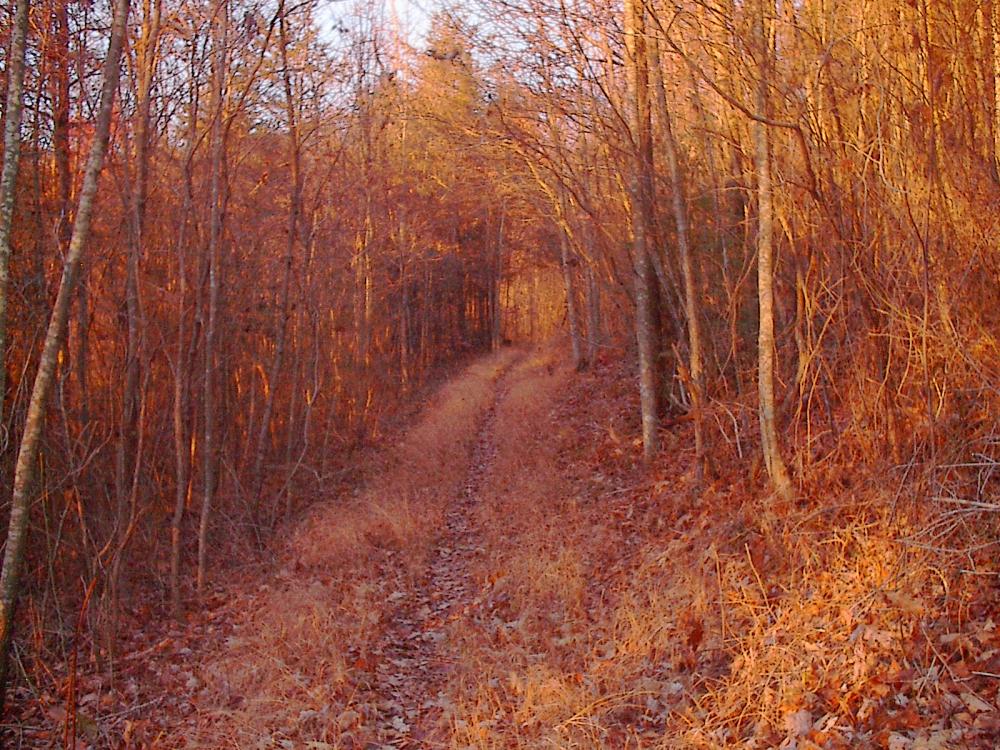
Licklog Ridge Trail in the Big Frog Wilderness
Kevin Eldon, Flickr
Little Frog Mountain Wilderness
This companion to Big Frog Wilderness is an ideal spot for hiking, hunting, fishing and wildlife-watching immediately to the east of the famed Ocoee (or Toccoa) River, which runs 93 miles through parts of both Tennessee and Georgia. The addition would add nearly 1,000 acres, incorporating part of Benton MacKaye Trail (named for one of our cofounders) and popular whitewater rapids. It would also protect habitat for black bear, bobcat, white-tailed deer and other species.
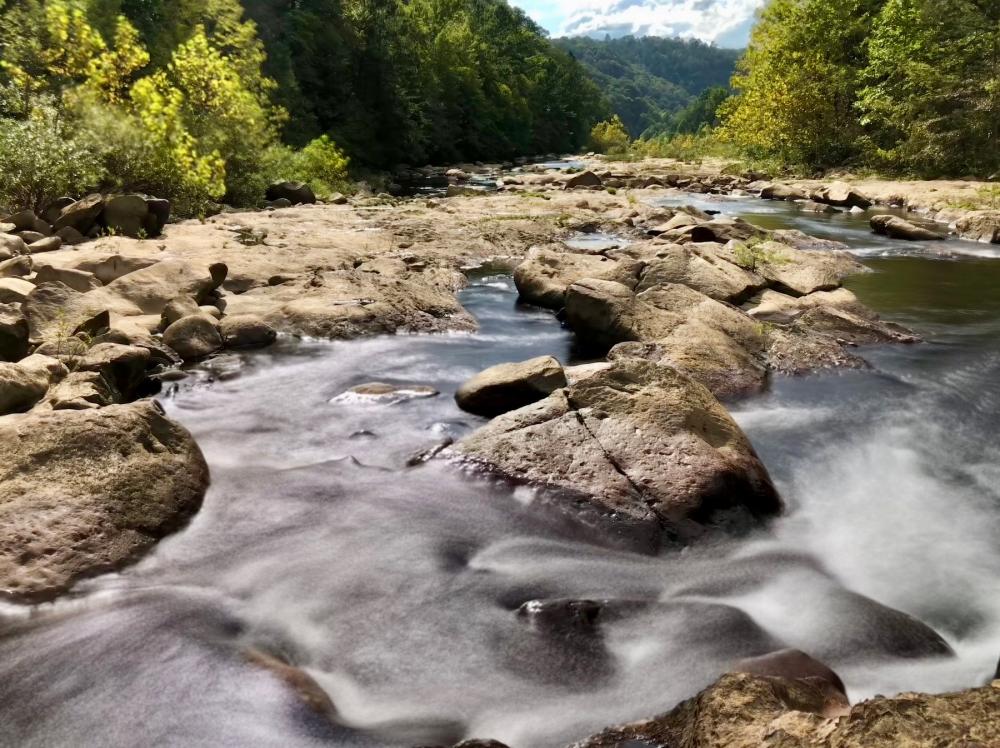
The Ocoee River is just to the west of the Little Frog Mountain Wilderness, Tennessee.
Karrie Banaghan, Flickr
